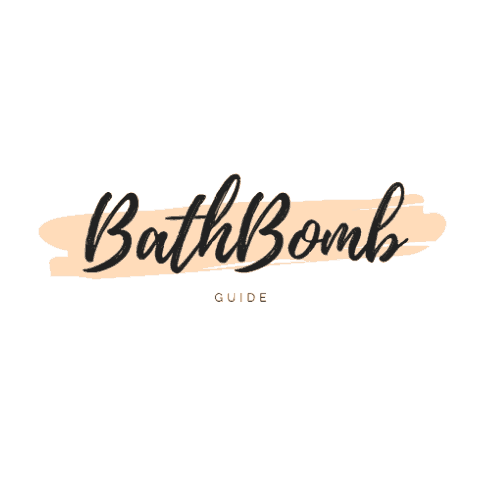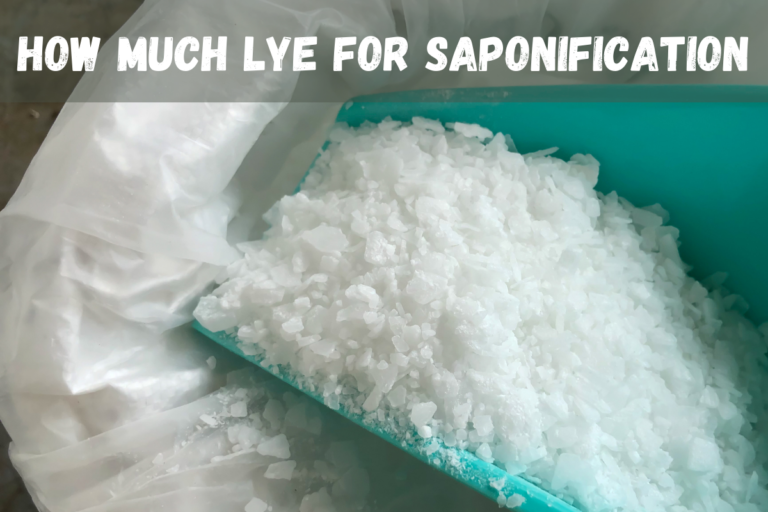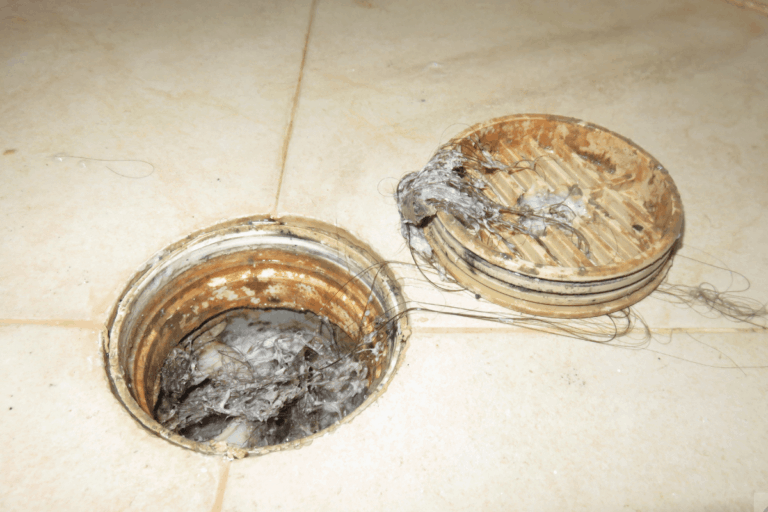Understand the PH of Soap and Its Effects (Homemade Soap info)
As people move towards organic beauty and make their own products, homemade soap becomes more and more popular. However, there is science involved in making soap, and it’s important to make sure your homemade version won’t damage your skin. What pH level should you look for when making or purchasing homemade soap?
The pH of homemade soap is typically between pH level 8 and pH level 10. The average person’s skin has a pH level of 5.5, so it is recommended to use soaps and other skincare products with similar pH levels to protect the skin’s natural acidity.
This article will take a closer look at how pH levels in soap affect the skin and how homemade soap differs from store-bought soap. Finally, we’ll also look at some methods for testing your soap’s pH at home to make sure it’s best for your skin.
What Is the PH of Homemade Soap?
While most of us probably learned about the pH scale at some point in high school, it’s easy to forget that it has countless real-world applications. Even if you’re not thinking about all your skincare products’ pH value daily, people are becoming more and more aware of the products they’re putting onto their skin and turning to more natural, handmade options. Accordingly, homemade soap is more popular now than ever.
To refresh your memory, the pH scale tells us the acidity or basicity of a solution. The scale goes from zero to fourteen, with zero being the most acidic and fourteen being the most basic or alkaline. Seven is considered neutral and is the pH of distilled water. Homemade soap typically has a pH level of 8-10, while store-bought soap typically has a pH of 9-10, according to a study by the Indian Journal of Dermatology.
What Are the Differences in PH Between Homemade and Store-Bought Soap?
As you’ve read, homemade soap and store-bought soap don’t differ that greatly when it comes to pH levels. Where they do differ, however, is when it comes to ingredients. Store-bought soaps tend to contain more chemicals and ingredients overall due to various regulations on ingredients imposed by the government. These soaps also usually contain artificial fragrances, which are fine for most people but can be irritating or drying for others.
This, by no means, suggests that store-bought soap is bad for your skin. Millions of people use it every day with zero complaints. Due to its very nature, however, homemade soap will consistently be gentler on the skin – potentially with a lower pH number. These numbers aside, even store-bought soaps designed for sensitive skin that claim to have pH levels of 7, like Dove, will likely still contain artificial fragrances that can dry and set off sensitive skin.
The way that homemade soap is manufactured contributes greatly to this difference. Most people making soaps at their homes do not have access to large brands’ chemicals when making their soaps. Nefertem Naturals, an organic skincare company, explained in an article for Patch that most homemade soaps actually only include five ingredients:
- Lye
- Water
- Glycerin
- Essential oils
- Natural colorants
While, of course, this certainly is not true for every homemade soap, if you’re making your own, you can choose not to include drying ingredients or any artificial fragrances. Natural soaps that don’t contain irritants are available in stores, but you can guarantee each ingredient in your soap if you’ve made it yourself. You’ll also be able to experiment and add in natural moisturizers like honey or coconut oil as you see what works best for your skin.
Why pH Is Important in Skincare
With the recent rise in Korean beauty trends and a focus on heavily regimented skincare routines, skincare products’ pH has become a topic of conversation. Ideally, skincare products would have a pH level similar to that of our own skin. Like all our other organs, the skin performs best in a specific environment. Our bodies naturally know what pH level our skin functions best at, so it’s important to seek out products that don’t upset this balance.
So what pH level is our skin? You’ll be surprised to know that it’s actually pretty acidic, coming in at a consistent 5.5 on the pH scale. This pH level forms our acid mantle, explains Allure magazine, which seals in moisture, protects our skin from infection, and even keeps skin bouncy and youthful. Your acid mantle weakens as you age, making skin less acidic and dryer, resulting in fine lines and wrinkles.
Picking the Right pH
With this in mind, you’ll want to find skincare products that most closely mimic your skin’s pH level to keep the acid mantle strong and prevent premature aging and dryness. Beauty brands have started using terms like “pH balanced” to refer to products with a pH level of five that are designed to work with your skin’s acid mantle. Despite 5 being ideal, different skin conditions or skin goals may mean that you need a higher or lower pH product.
For example, more acidic products work best for treating acne. This applies to both face soaps and body products that can be used to treat acne in areas that we often neglect, like the back and neck. Healthline suggests that acne may clear up once skin reaches pH levels below 6. On the other hand, more alkaline products can help to treat common skin conditions like psoriasis and eczema.
This might all seem confusing, as we’ve already established that most homemade soaps have pH levels between 8 and 10. However, soap has to contain lye, which has a pH of 14, to function as soap. This brings the pH of the soap up, but the other natural ingredients work to combat lye’s drying, irritating nature by providing moisture. If you can stay under pH levels of 10, your skin will probably be fine.
How To Test the PH in Your Soap
You are wondering whether or not your current soap is right for the job? While store-bought soaps don’t display their pH levels on their packaging, it’s pretty easy to figure out yourself. Having the tools on hand to perform one of the following methods is also essential if you’re making your own soaps since you don’t want to accidentally give your friends and family lye-heavy soap that will make their skin crack.
Avoid disaster by trying one of these methods:
pH Strips
This is probably the most accurate, straight-forward method for testing the pH level of any soap. Simply use distilled water and your hands to form bubbles on the surface of the soap and place the pH strip onto the wet surface. These Just Fitter pH Test Strips from Amazon.com are affordable and come in a pack of 125. You can use the same strips to test your skin’s pH level if you’d like to see the proof for yourself.
Red Cabbage
Testing your soap’s pH with red cabbage requires a few steps but is incredibly interesting. Soap Queen lays out a four-step process that involves chopping the cabbage, adding it to water, pureeing the mixture, and finally straining to create a smooth liquid. When you drop this liquid directly onto your soap, it will change color. Blue means it’s a safe pH level, but green or yellow means it’s too lye-heavy.
The “Lick Test”
Soap-making is an ancient art. Our ancestors also had to ensure that their soaps weren’t too lye-heavy but obviously didn’t have access to pH strips. Instead, they simply licked the soap. If they felt a zap or shock upon putting their tongue on the soap, they knew it was too lye-heavy and needed to tweak the formula. If you try this today, ensure accuracy by only testing soap that’s been cured for 4 to 6 weeks.
Final Thoughts
Most homemade soaps have a pH level of 8-10, although some gentler versions can have a pH level of 7. While the human skin has a pH level of 5.5, even the mildest soap will always have a higher level because of the lye needed to create soap. Using homemade soap allows you to avoid irritants like artificial fragrances and chemicals, ultimately keeping your skin moisturized and at its best pH level.





